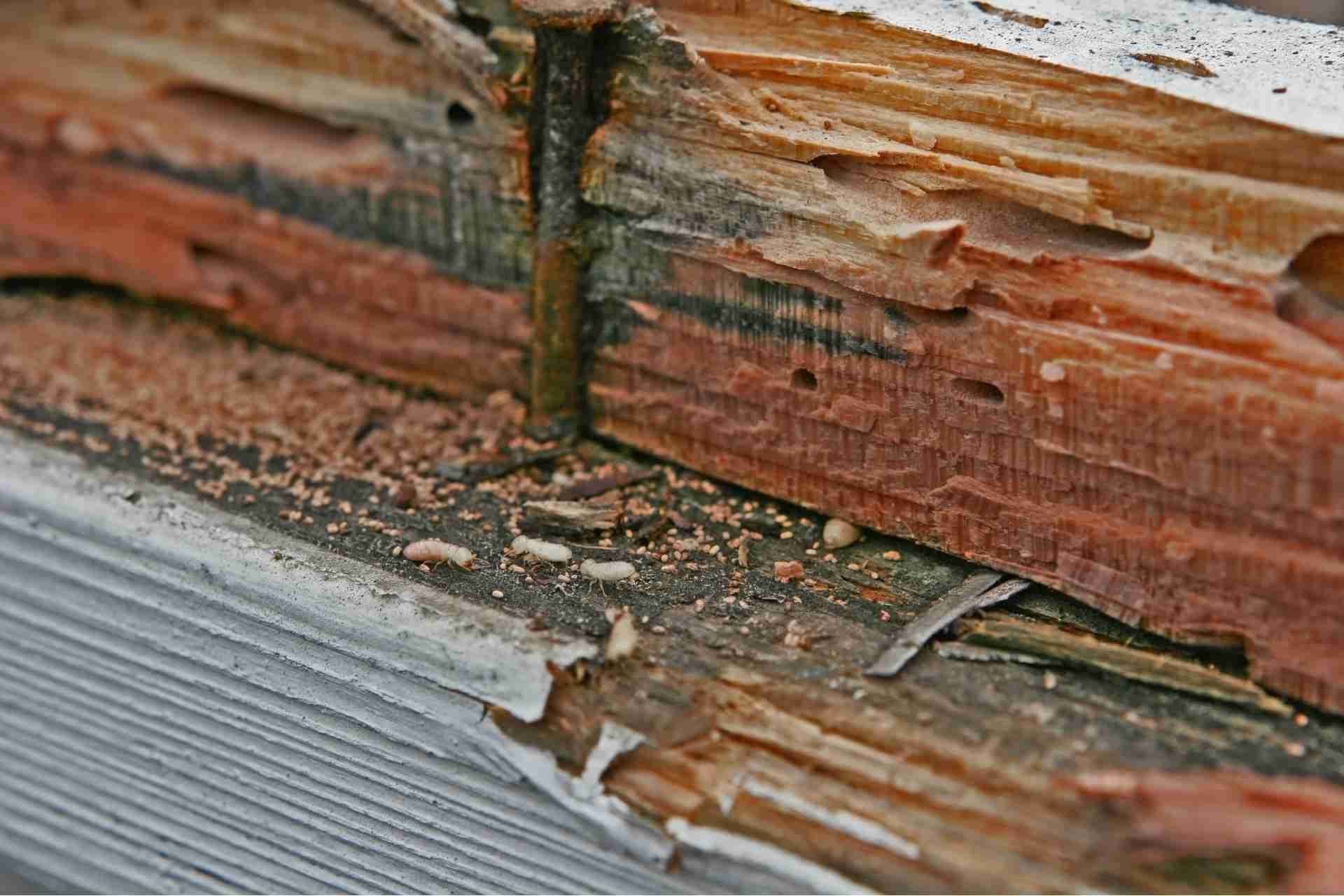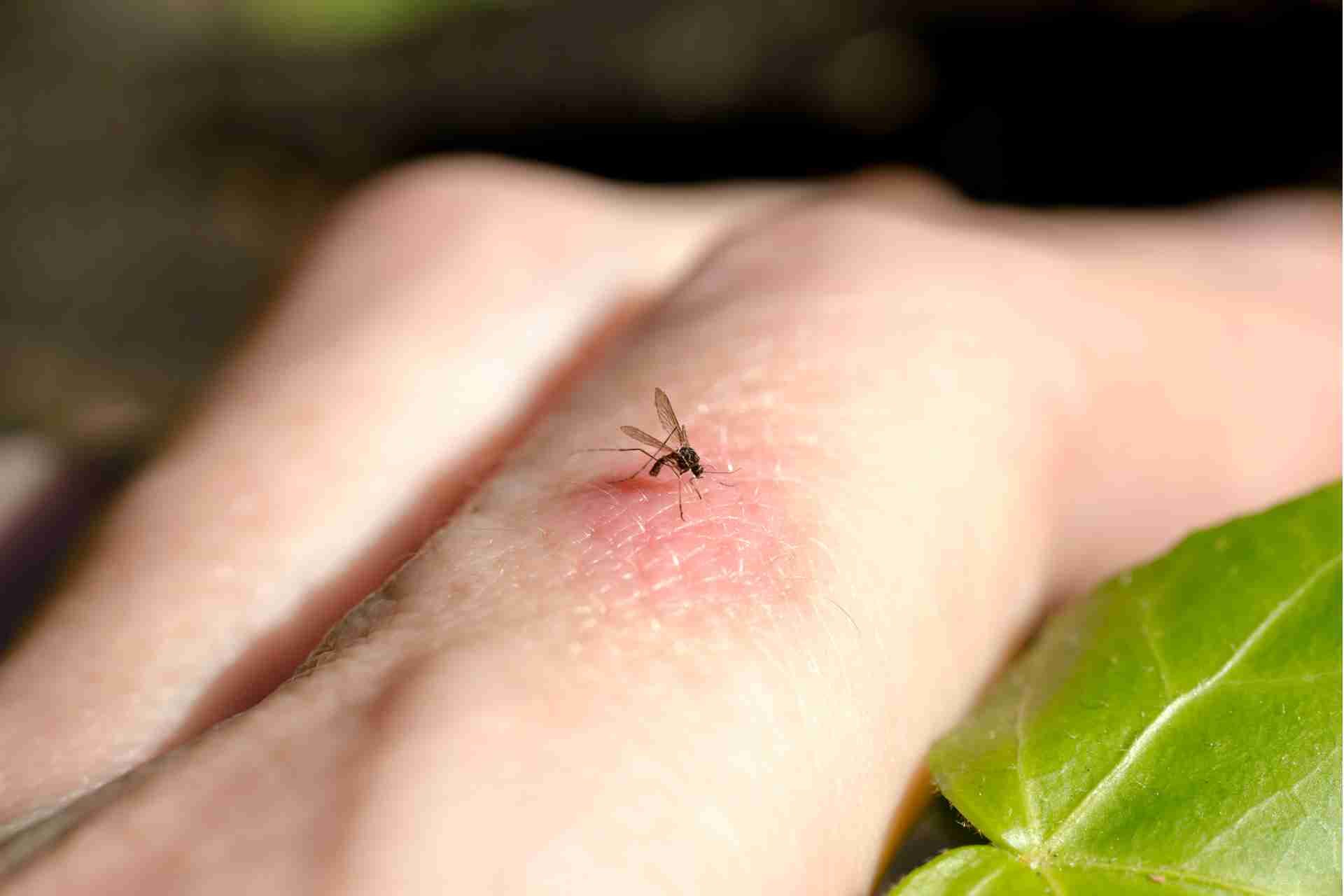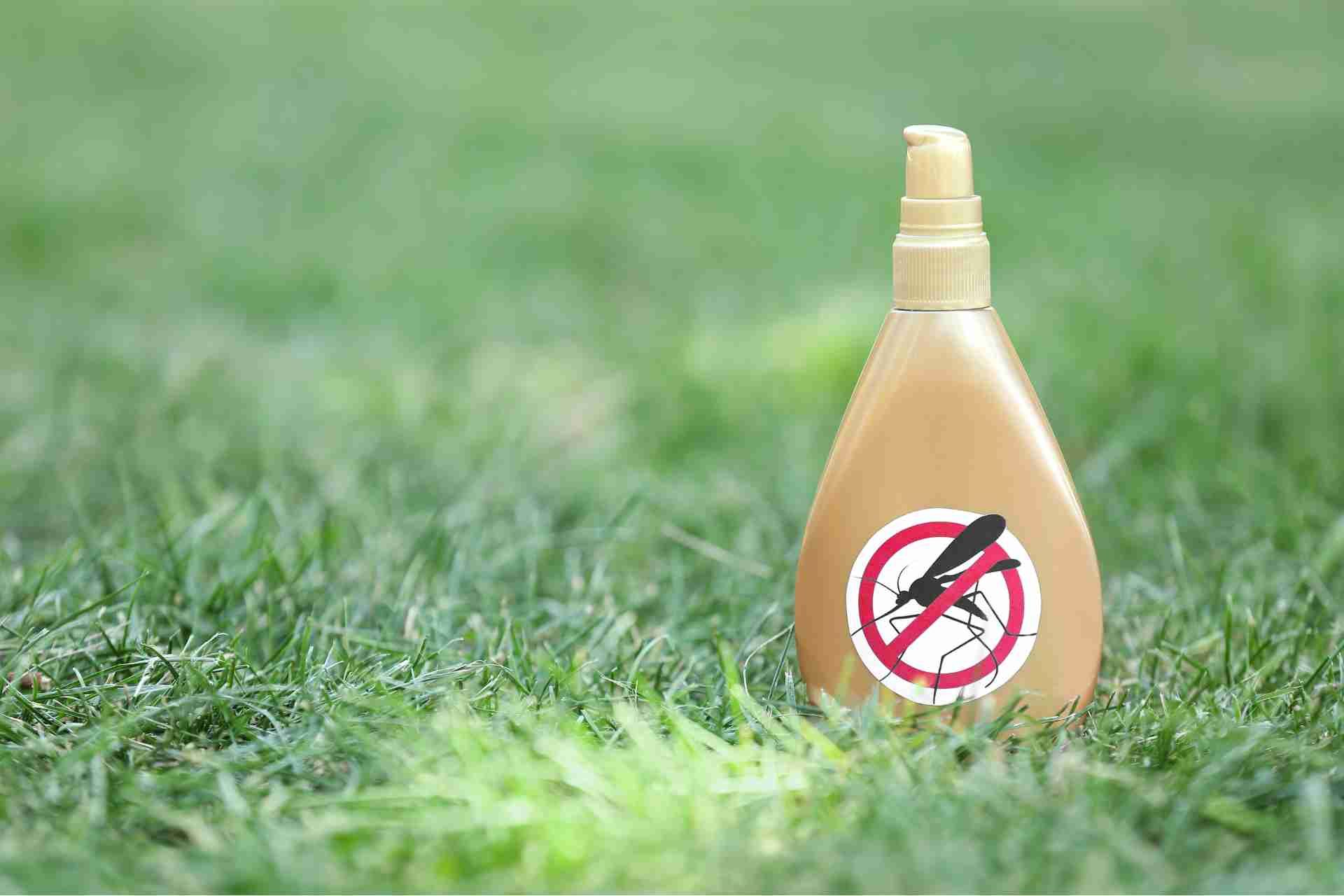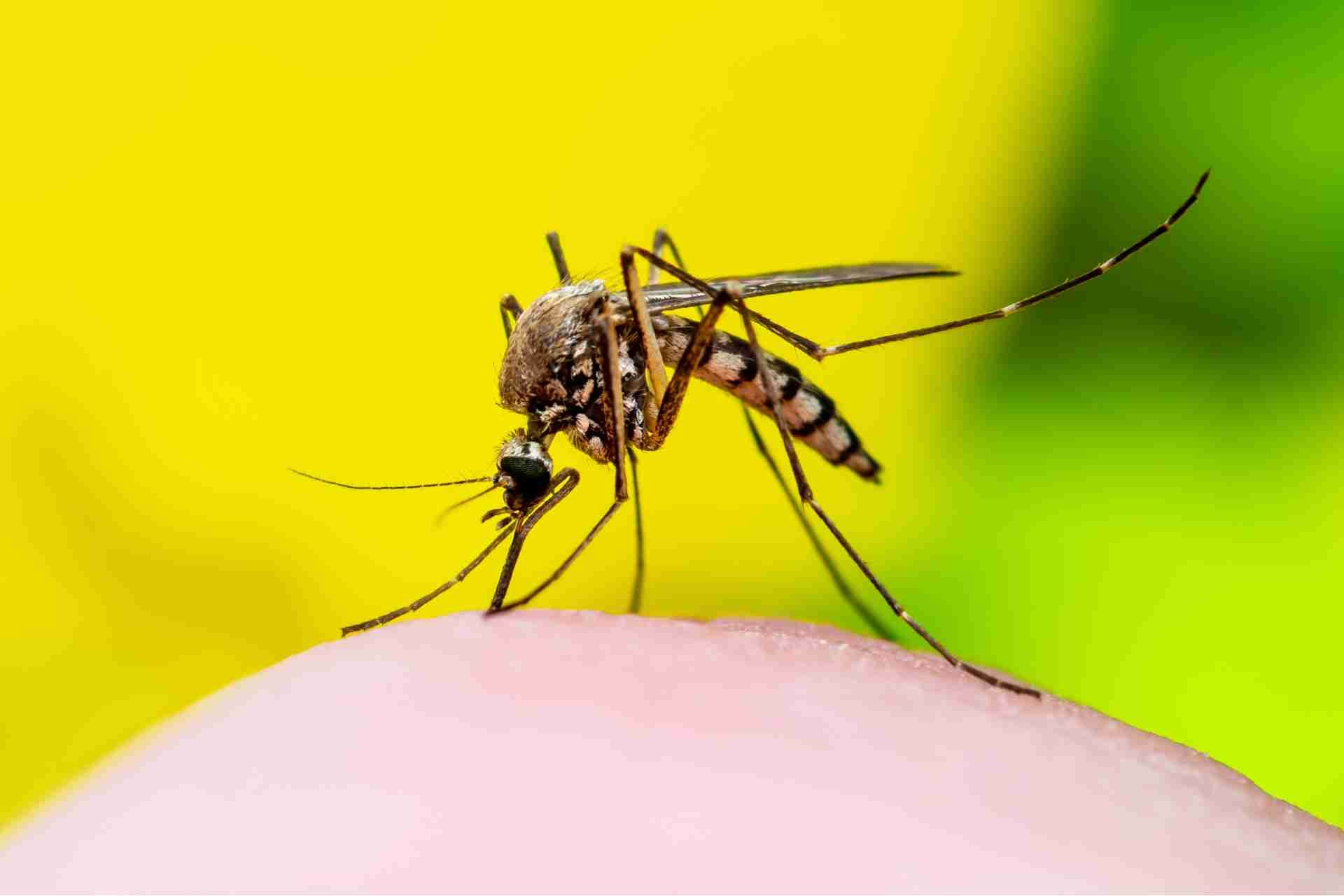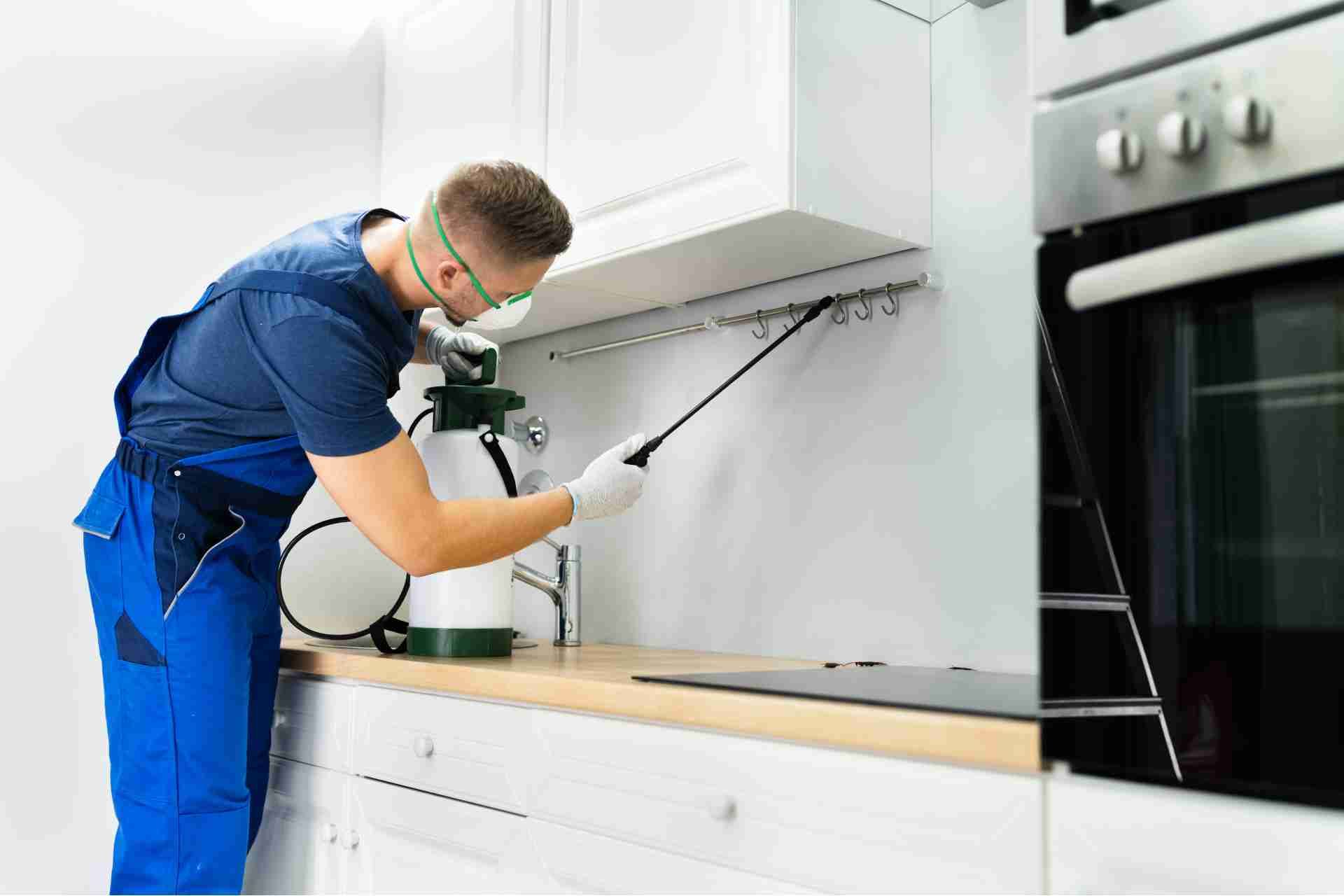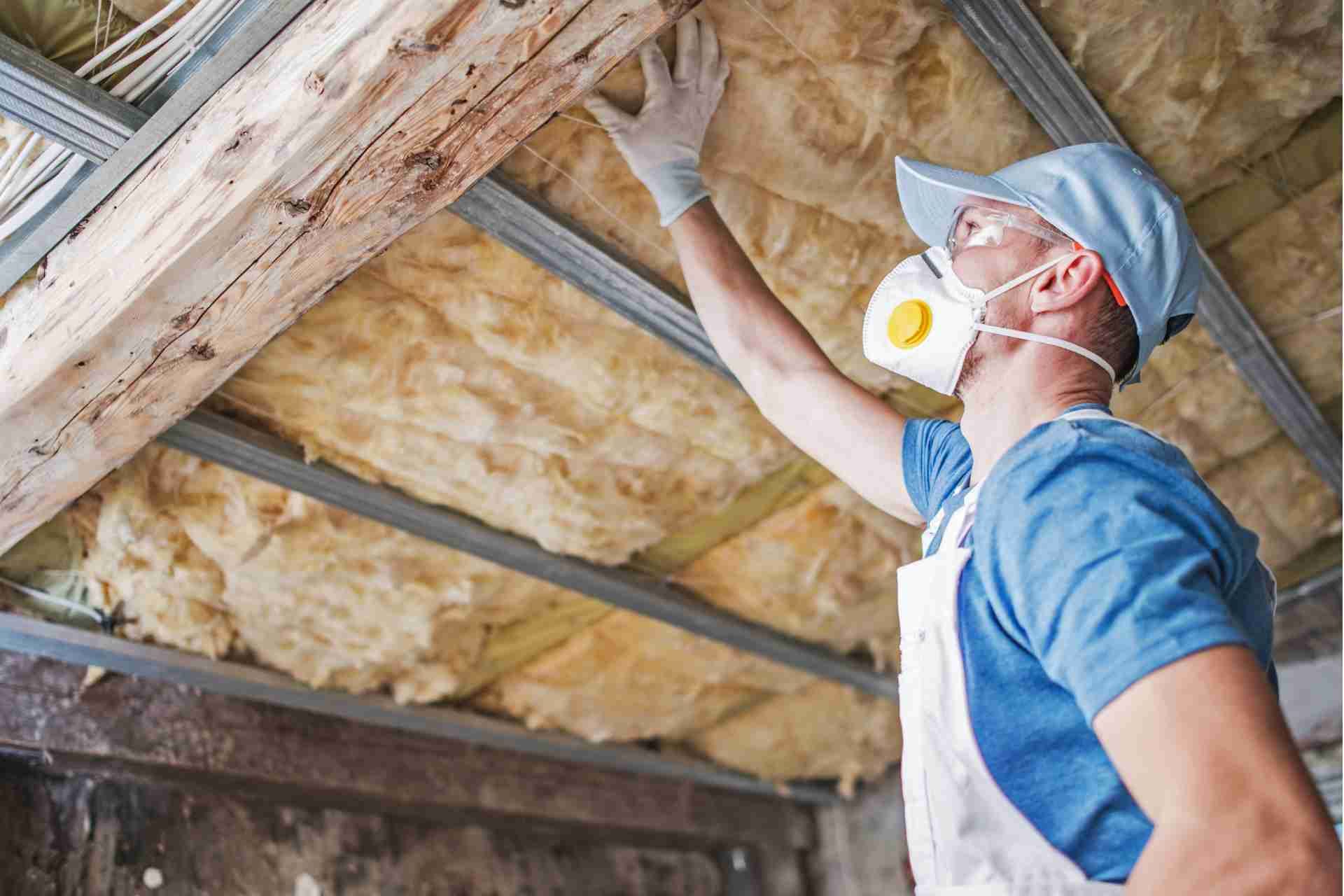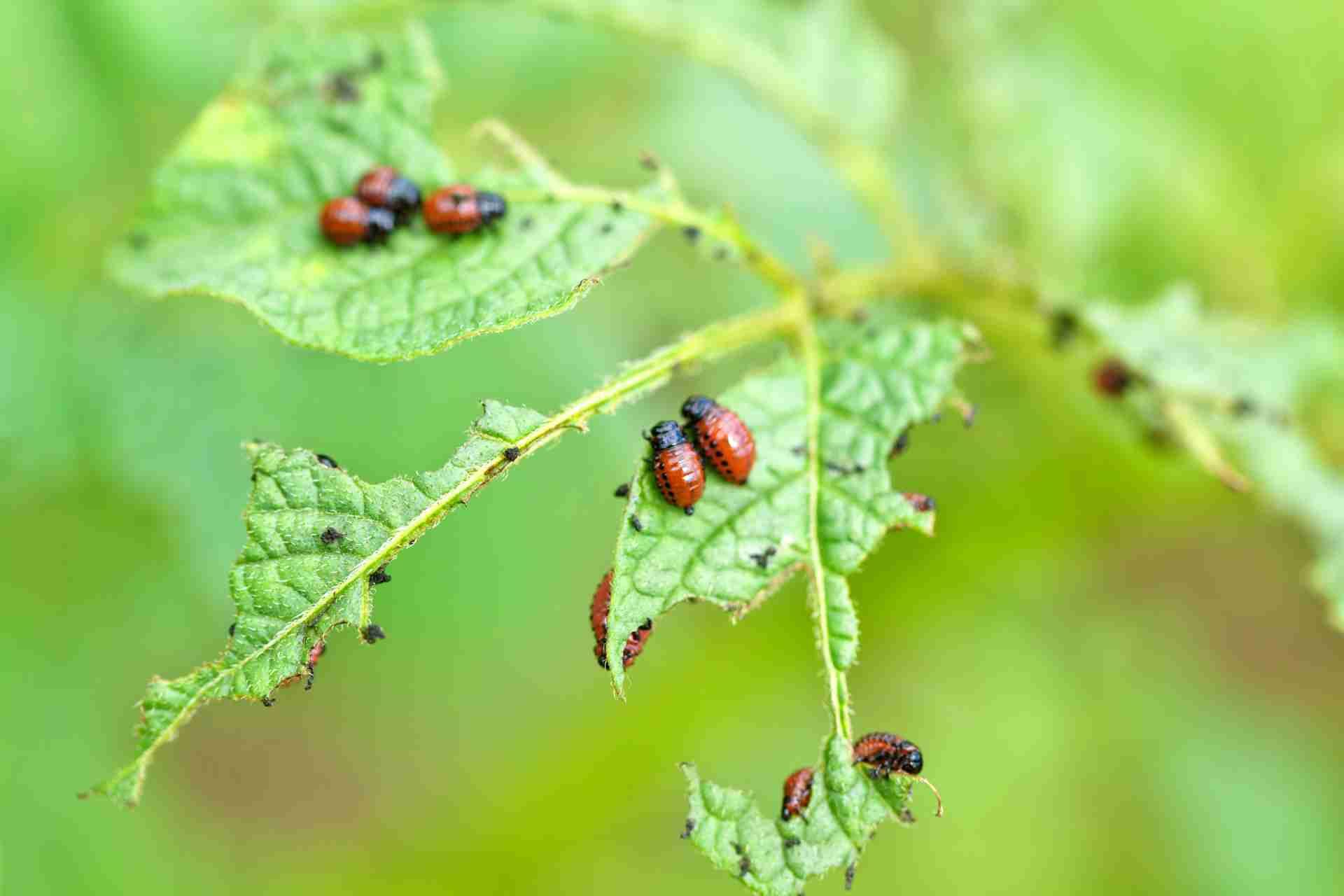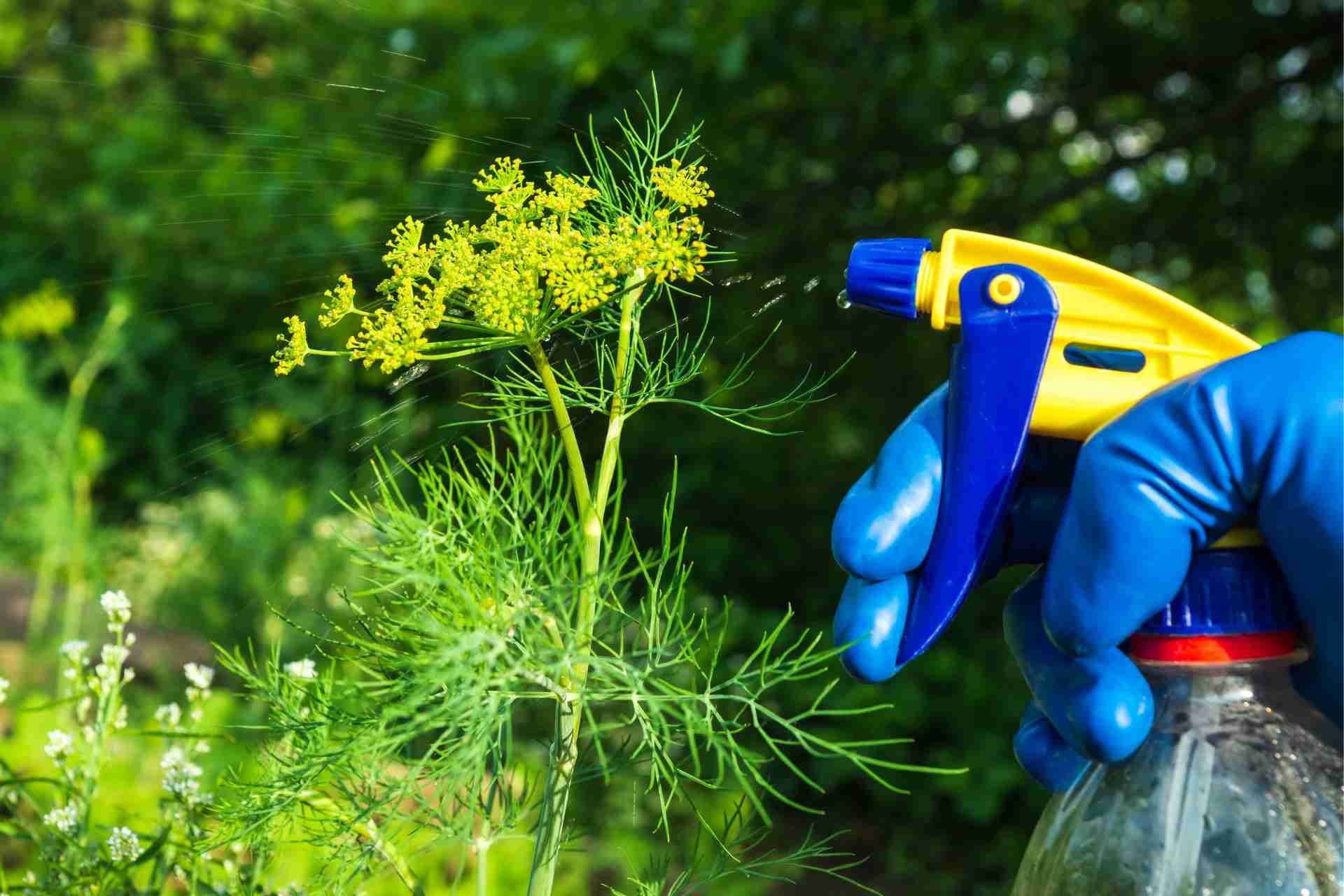What Attracts Pests to Your Home Without You Knowing
You might not realize it, but your home could be a welcoming haven for pests. Small crumbs on the floor, unnoticed leaks, or cluttered corners can attract unwanted guests. Even the way you manage your trash and pet food plays a role. Curious about what might be lurking just out of sight? Let's explore the hidden factors that could be inviting pests into your living space.
Crumbs and Food Residue
Even if you think you've cleaned well, crumbs and food residue can still attract pests to your home.
Even the tiniest bits of leftover food can be a magnet for ants, roaches, and other unwelcome critters. You mightn't see them right away, but they're lurking, waiting for a chance to feast.
Make it a habit to wipe surfaces regularly, especially in the kitchen and dining areas.
Don't forget to vacuum floors and clean under appliances where crumbs often hide.
Sealing food in airtight containers also helps reduce the risk.
By being diligent about cleaning up after meals and snacks, you significantly lower the chances of pests invading your space.
Your home should be a sanctuary, not a buffet for pests.
Standing Water and Moisture
While you may not realize it, standing water and moisture can be an open invitation for pests looking to invade your home. Stagnant water attracts insects like mosquitoes, while damp areas can draw in termites and cockroaches.
Check for leaks under sinks, around toilets, and near appliances; even small puddles can create a breeding ground for these unwanted guests. Make sure gutters are clear to prevent water accumulation, and don't forget to dry out any wet areas, such as your bathroom or basement.
If you have potted plants, ensure they're not sitting in excess water. By eliminating these moisture sources, you'll significantly reduce the likelihood of pests making your home their own.
Clutter and Disorganization
Moist environments aren't the only factors that can make your home attractive to pests; clutter and disorganization play a significant role as well.
When you leave stacks of papers, old boxes, or unused items lying around, you create perfect hiding spots for insects and rodents. These pests thrive in dark, chaotic spaces where they can nest and breed undisturbed.
Additionally, food crumbs and spills often accumulate in cluttered areas, providing a feast for unwanted guests.
Regularly decluttering your space not only improves your home's aesthetics but also reduces the likelihood of pest infestations.
Keep your living areas tidy, store food in sealed containers, and regularly clean to create an environment that's less inviting to pests.
Unsealed Gaps and Cracks
If you don't seal up gaps and cracks in your home, you're essentially rolling out the welcome mat for pests.
These tiny openings serve as entry points for various critters, including ants, spiders, and rodents. You mightn't even notice these gaps around windows, doors, or foundations, but pests do. They can squeeze through spaces as small as a dime!
To prevent infestations, take a close look at your home's exterior. Use caulk or weather stripping to seal any cracks and gaps.
Don't forget to inspect utility lines and vents, as they can also be potential entryways. By closing these openings, you'll create a barrier that keeps unwanted pests outside where they belong.
Pet Food and Waste
Even after sealing gaps and cracks, your home can still attract pests if you don't manage pet food and waste properly.
Leaving pet food out can create a buffet for ants, mice, and other critters. Always store dry food in airtight containers and feed your pets only what they can finish in one sitting.
Don't forget to clean up spilled food immediately.
Additionally, pet waste can be a major lure for pests.
Make it a habit to pick up after your pets promptly and dispose of waste in sealed bags.
Regularly clean your pet's feeding area and litter box.
Indoor Plants and Soil
While indoor plants can brighten your home and improve air quality, they can also attract pests if you're not careful with their care.
Overwatering your plants creates damp soil, which can lead to mold and attract gnats. To prevent this, ensure proper drainage and only water when necessary.
Additionally, check for pests hiding in the soil or on the leaves. Regularly inspecting your plants helps you catch any infestations early.
Dust and debris can also accumulate on leaves, providing a perfect environment for pests to thrive. Wipe down leaves with a damp cloth to keep them clean.
Trash Bins and Recycling
Indoor plants can attract pests, but neglecting your trash bins and recycling can be just as inviting for unwanted critters. If you leave food scraps in your bins, it's like rolling out the welcome mat for ants, roaches, and rodents.
Make sure to seal your trash tightly and empty it regularly. When it comes to recycling, rinsing out containers is crucial; leftover residue can attract pests too.
Keep your recycling bin clean and store it away from your home's entrance. Remember, a clean home is a less inviting one for pests.
Exterior Lighting and Landscaping
When you think about pest prevention, exterior lighting and landscaping mightn't be the first things that come to mind, but they play a crucial role in keeping unwanted guests away.
Bright outdoor lights can attract insects, which in turn lure spiders and other predators. To minimize this, use yellow or LED lights that are less appealing to bugs.
Landscaping also matters; overgrown plants and piles of debris create ideal hiding spots for pests. Regularly trimming shrubs, removing dead leaves, and keeping gardens tidy can significantly reduce pest populations.
Additionally, consider placing mulch away from your home's foundation to deter pests. By making simple adjustments to your lighting and landscaping, you can create a less inviting environment for pests.
Leaky Pipes and Plumbing Issues
Leaky pipes and plumbing issues can be a major invitation for pests to invade your home. When water leaks, it creates a moist environment that attracts insects and rodents.
You mightn't notice the dripping at first, but pests like cockroaches and termites thrive in damp spaces, making your home their perfect habitat. Furthermore, standing water can lead to mold growth, which not only damages your property but also draws in more unwanted guests.
Regularly check under sinks, behind appliances, and in your basement for signs of leaks or water damage. Fixing these issues promptly can help you maintain a pest-free environment.
Don't underestimate the importance of addressing plumbing problems to protect your home from unwanted intruders.
Uncontrolled Temperature and Humidity
While you mightn't realize it, uncontrolled temperature and humidity levels in your home can create an inviting atmosphere for pests.
High humidity can lead to mold growth, which attracts insects like termites and ants. Similarly, warm temperatures can encourage pests such as cockroaches and flies to thrive.
You may not notice these changes until it's too late, as pests can multiply quickly in favorable conditions.
To combat this, invest in a dehumidifier and keep your home well-ventilated. Regularly check and maintain your heating and cooling systems to ensure they're working effectively.
Conclusion
In conclusion, staying aware of the hidden factors that attract pests to your home can make a big difference. By keeping your space clean of crumbs, addressing moisture issues, and sealing gaps, you'll reduce the chances of unwelcome critters invading your living area. Don't forget to manage pet food, trash, and your outdoor environment, too. Taking these steps will help create a pest-free haven, allowing you to enjoy your home without the worry of unwanted guests.

